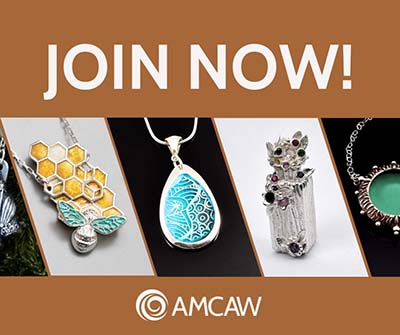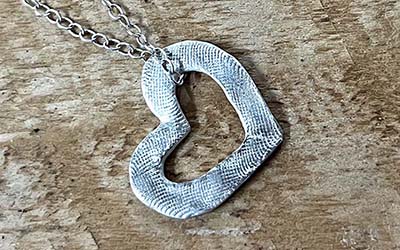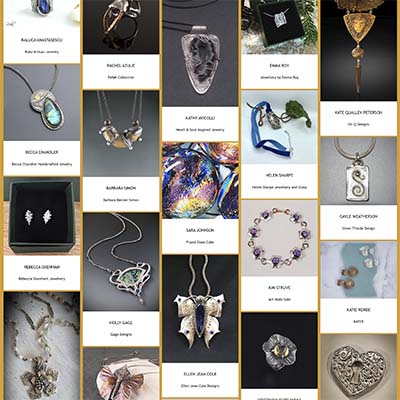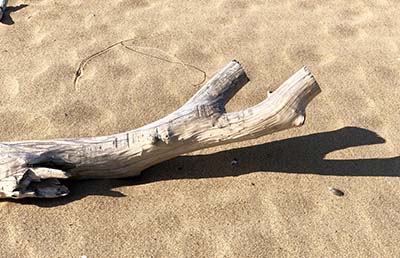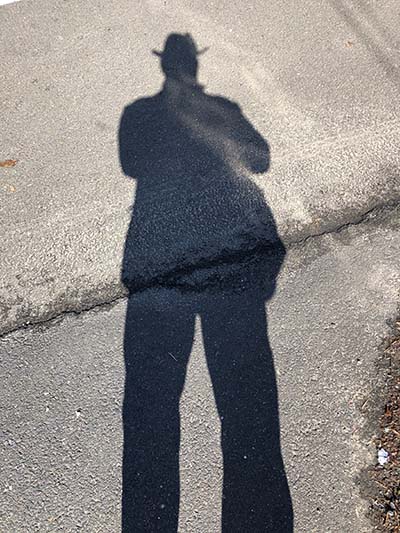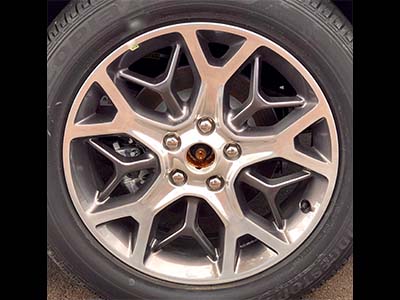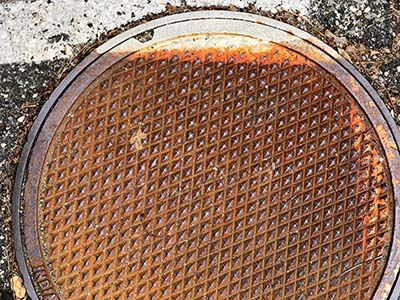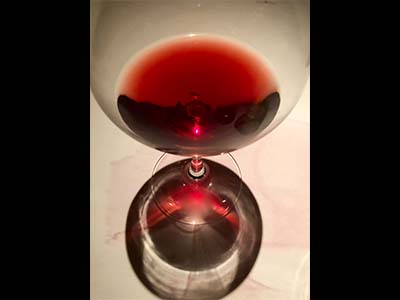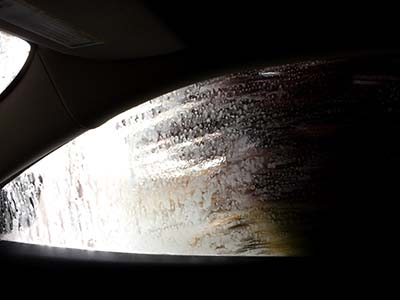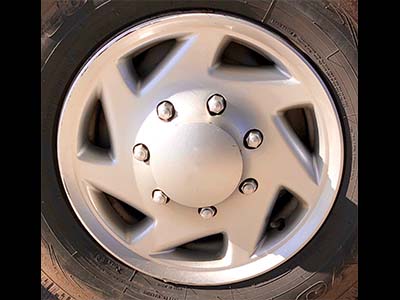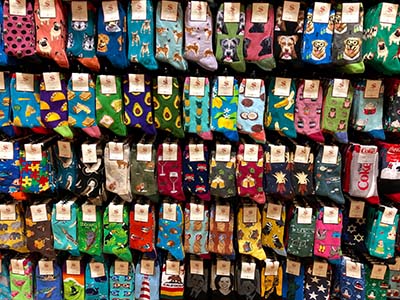Dancik On Design
Everything in our world is designed, either by people, animals, natural phenomenon, or some force. The natural world is full of examples, from the spiral forms of the petals on a flower or the nautilus shell to the hexagonal shapes of snowflakes and honeycombs. In fact, the hexagon, a shape with six sides, is one of the most common shapes in nature.
Early in human evolution, things were made with purely function in mind. With materials such as rocks, animal bones, teeth, claws etc, cutting and scraping tools were created and ancient tools have been found all over the globe. As humans evolved, they drew inspiration from the natural world and began designing things that replicated these shapes and forms to make more decorative items.
In art, design is defined as the arrangement, plan or organization of the visual elements in an object. Some people seem to have a natural flair for arranging visual elements in a way that engages the viewer. Others have to work at it!
Everyone can create things that are well designed and we sometimes overlook the role that design plays in our everyday lives. The way you arrange pictures on a wall, objects on a shelf, the colors you wear, the decoration of your home, all these things require you to make design choices. To explore this more, have a look at Robert Dancik’s blog post.
Design isn’t scary, it’s all around us all the time. We just need to look at everything with a slightly more informed eye to see how things are designed before we begin to consciously incorporate it into our work. This article will explore design in a way that will help you to recognize design concepts, elements and principles, see how they work and begin to understand their importance for you as an artist.
The visual examples used in this article to illustrate the elements and principles don’t include any jewelry. It may seem a bit odd that some of the examples are tires or more specifically, the tire rims. The rims are used to help keep the definitions as simple and clear as possible and have nothing to do with any specific set of objects. Other examples of the elements and principles are used in the same manner for the same purpose and also to help you see that these are everywhere around you.
Design Concepts
There are no rules in designing – but there are concepts that can be taken into consideration. Different sources may have slight differences in what are considered the basic elements and principles of design, but these can pretty much be ignored in favor of the overall concepts being discussed.
Some reference sources may also use different words for the same element or principle. For instance, dominance or emphasis, which both mean the placement of a part of a design that draws the viewer’s attention, the place where the eye goes first, like a focal bead. When you are learning about design, choose the word that has meaning for you and helps you to understand the element, the word which is the easiest for you to remember.
Shape and Form
We don’t deal in shapes we deal in forms in jewelry making, this is an important distinction. There is frequently confusion around the elements of shape and form and they are often combined but the difference between them is very important. Shape is 2-dimensional and flat, form is 3-dimensional. If you draw when planning your jewelry, you normally use shapes to represent forms. So, you might draw a soft triangular shape with rounded angles that you intend to dome when you make it with metal clay.
It’s important to consider the elements and principles when you are drawing shapes for a design that will be translated into forms. The relationships of the elements and principles may change when something is domed for instance and the doming may affect the other design considerations.
Sometimes it helps to mockup a design – maybe using polymer clay – to see how the other elements are affected when your flat drawing becomes a dimensional form and amend the design accordingly. The elements and principles still apply even when the focus of a piece may be on the narrative or theme of the work, such as when making work for a show or an AMCAW Challenge.
Organic Design
The word organic as it relates to design is defined as having systematic coordination of parts, forming an integral element of a whole. Jewelry is designed to be worn on the body so you can generally consider light illuminating your work from above at a 45-degree angle, which can affect the elements of design in your piece. For instance:
- Rounding top edges to catch light helps the overall piece, as well as individual forms within a piece, to appear thicker and fuller.
- 24-gauge (0.5mm) silver can look like 22-gauge (0.65mm) or thicker.
- Bottom edges can be sharper to cast shadow giving more separation and contrast from background surfaces.
Function
Consider function in your creation and how it can affect all the principles of design in a piece of work. This includes the function of clasps and catches but also whether something is going to be comfortable to wear. If you design a piece with an edgy, slightly dangerous vibe which includes pointy elements for instance, are they likely to cause damage to the wearer or other people? Balancing the narrative behind your design and the way it functions is an important consideration and it is possible to create something that’s edgy and still safe to wear!
Color
Adding color to your metal clay design can take several forms. You can use mixed metals, either co-fired like mokume gane, or cold connected after firing. Adding stones introduces color as do cold connected inclusions like polymer clay, found objects, plastic, concrete etc.
Paints, inks, oxidizing chemicals, heat patina, waxes, resin and vitreous enamel are all ways to add color to your designs. Some of these require specific consideration at the design stage, for instance creating a low-relief pattern beneath an area you intend to apply enamel for a basse-taille effect.
Color may not be a consideration in metal clay work if you are only using one type of metal in a piece, however contrast and value are. Various metal clay types have different colors however, there may be many values of the color silver within a single silver piece. Value is defined as the light and dark variations of the same color. If you are using different colors of metals in a single piece there can also be differences in the value of each color.
If you are intending to add color after firing using any of the media mentioned above, you need to consider contrast and value before you proceed. Think of the opposing colors on the color wheel and how they work together, what is the contrast between them? When you are using metal clay for instance, the areas of copper next to areas of silver or oxidizing the background and burnishing the raised portions of a metal clay piece produce contrast and value in the overall effect.
Elements and Principles
The following is a list of the elements of art and principles of design. Along with each definition, there is also a brief example of how each element or principle might show up in a piece of metal clay work. It’s important to remember that the order of the elements and principles does NOT indicate any sort of hierarchy.
The Elements of Design
1. Line is a mark left by a moving point.
- All edges are lines.
- Lines can be of varying thickness.
- If a line gets too thick it can become a shape.
Example – A line in metal clay might be impressed or carved into the surface or might be formed using a syringe, a snake of clay etc.
2. Color is defined as the visible spectrum of reflected light.
- Hue is the specific name of a color.
- Value is lightness or darkness of a color.
- Color has many aspects and associated vocabulary.
Example – Various metal clay types have assorted colors however, there may be many values of the color silver within a single silver piece.
3. Space is defined as an area around or within a design.
- Space may be positive or negative.
- Space needs boundaries or it just becomes area with no shape.
Example – A thick donut of metal clay inside a square frame may have a hollow center in the donut and space outside the donut bounded by the frame.
4. Size is the relationship of the area occupied.
- Big or small may be the size of something but in design, size denotes the reference of one part of the design to another.
Example – A silver charm may be small but large in relation to a stone set in it.
5. Texture is the relative roughness or smoothness of a surface.
- It may be actual – physically experienced when you touch it or implied so only visual rather than something you can actually feel.
- Everything has a texture.
Example – in metal clay all textures are actual.
6. Shape is a 2-dimensional closed area.
- No metal clay object can be a shape as they are always 3-dimensional, although we often refer to the areas enclosed by the edges of metal clay pieces as shapes.
Example – the outside of an entire metal clay piece may be a shape or there may be numerous shapes placed next to or on top of each other.
7. Form is a 3-dimensional closed volume or 3-dimensional shapes existing in space.
- All objects in our world are forms.
Example – everything made of metal clay is a form.
The Principles of Design
1. Proportion is the relationship of one part of a composition to the whole or of one part to another.
- The relationship may be in size, scale, quantity or other characteristics.
Example – the size of the bail is often dependent on the size of the main part of the pendant.
2. Contrast is the placement of opposing aspects of various elements.
- Opposing colors on the color wheel.
- Light and dark values of the same color.
Example – areas of copper next to areas of silver or oxidizing the background and burnishing the raised portions of a metal clay piece.
3. Balance is defined as the arrangement of parts of a composition to create a sense of visual stability or tension. Balance can be symmetrical, asymmetrical, or radial.
- Visual weight may also be considered in the principle of balance.
Example – a metal clay flower may be perfectly symmetrical when viewed from the front; viewed from the side, it may be completely asymmetrical, and the piece may be balanced in both views.
4. Repetition is an element that is used in the same configuration repeatedly in a composition.
- The element is unchanged in each use for instance the color, size, shape, etc. are the same.
Example – using pieces coming from a mold multiple times in the same work.
5. Variation is defined as an element used multiple times in a composition with slight changes to the element with each use.
- An element such as size may be altered as it is used repeatedly in a design.
Example – starting with a large lentil bead as a focal point in a necklace it may be flanked by other lentils on either side getting a bit smaller as they proceed to the back of the piece.
6. Rhythm is the placement of parts of a design arranged to draw the viewer’s attention from part to part.
- This movement of the viewer’s eye (attention) from part to part may be achieved by repeating an element (a smooth movement) or by stark contrast or variation of elements (a jumpy movement).
Example – alternating copper and silver beads of the same shape and size could create a smooth rhythm. Having a large silver bead, two small copper beads, then an enamel ring and repeating this arrangement could create a jumpy rhythm.
7. Emphasis aka dominance is the placement of a part of a design that draws the viewer’s attention so that it is where the eye goes first.
- Sometimes called a focal point, it may be achieved by stressing any one of the elements – large size, bright color, rough texture, etc.
Example – setting a large stone in a ring and surrounding it with smaller stones.
Everything in our world is designed in some way by some force. In all material objects (and probably non-material objects) you will find the elements of art and the principles of design. Starting with that premise the following are also true:
- Any given object may or may not contain all the elements and principles but some of each are always evident.
- The elements are the tools an artist uses to create a composition.
- The principles are how the artist uses the elements.
